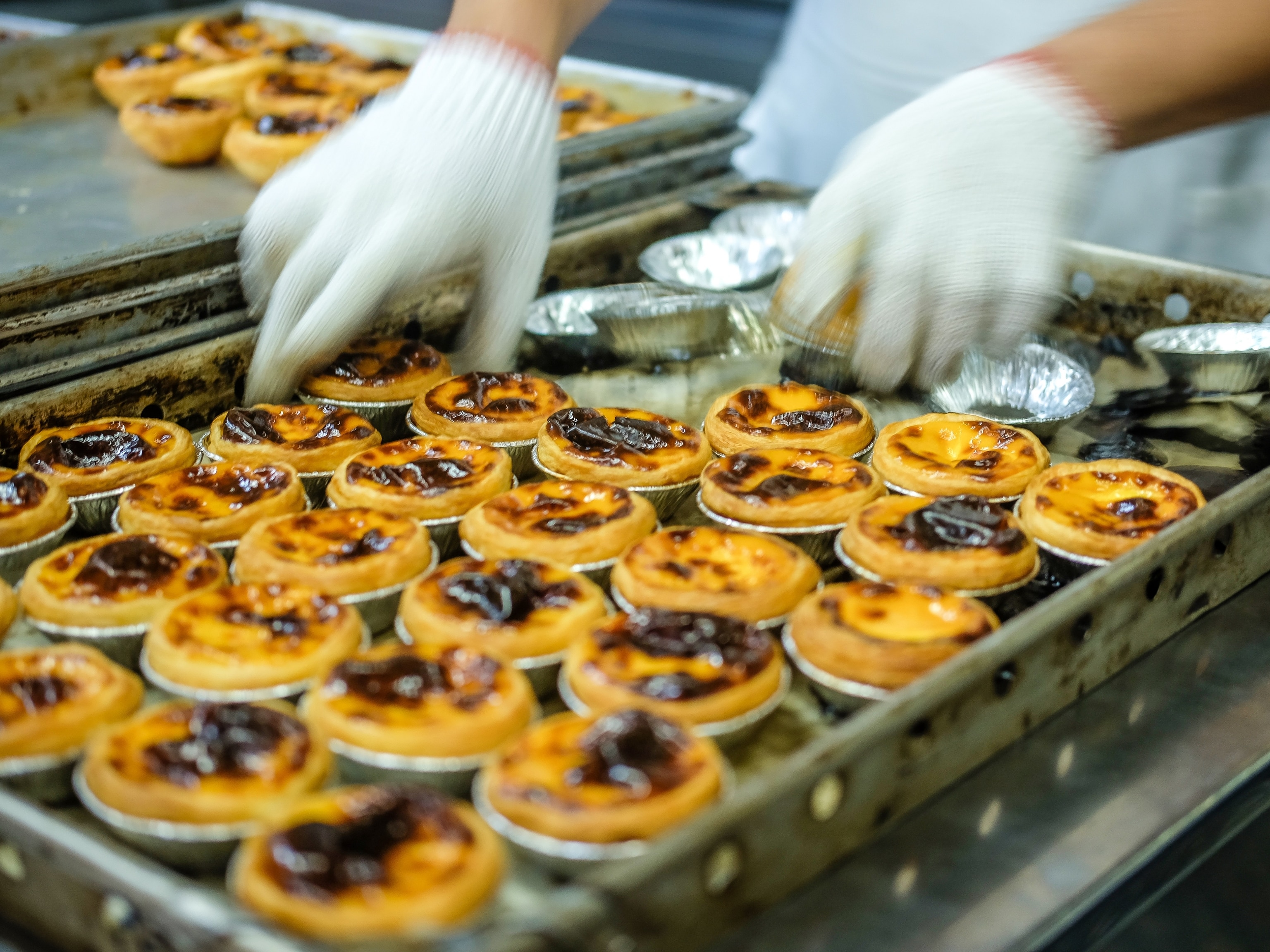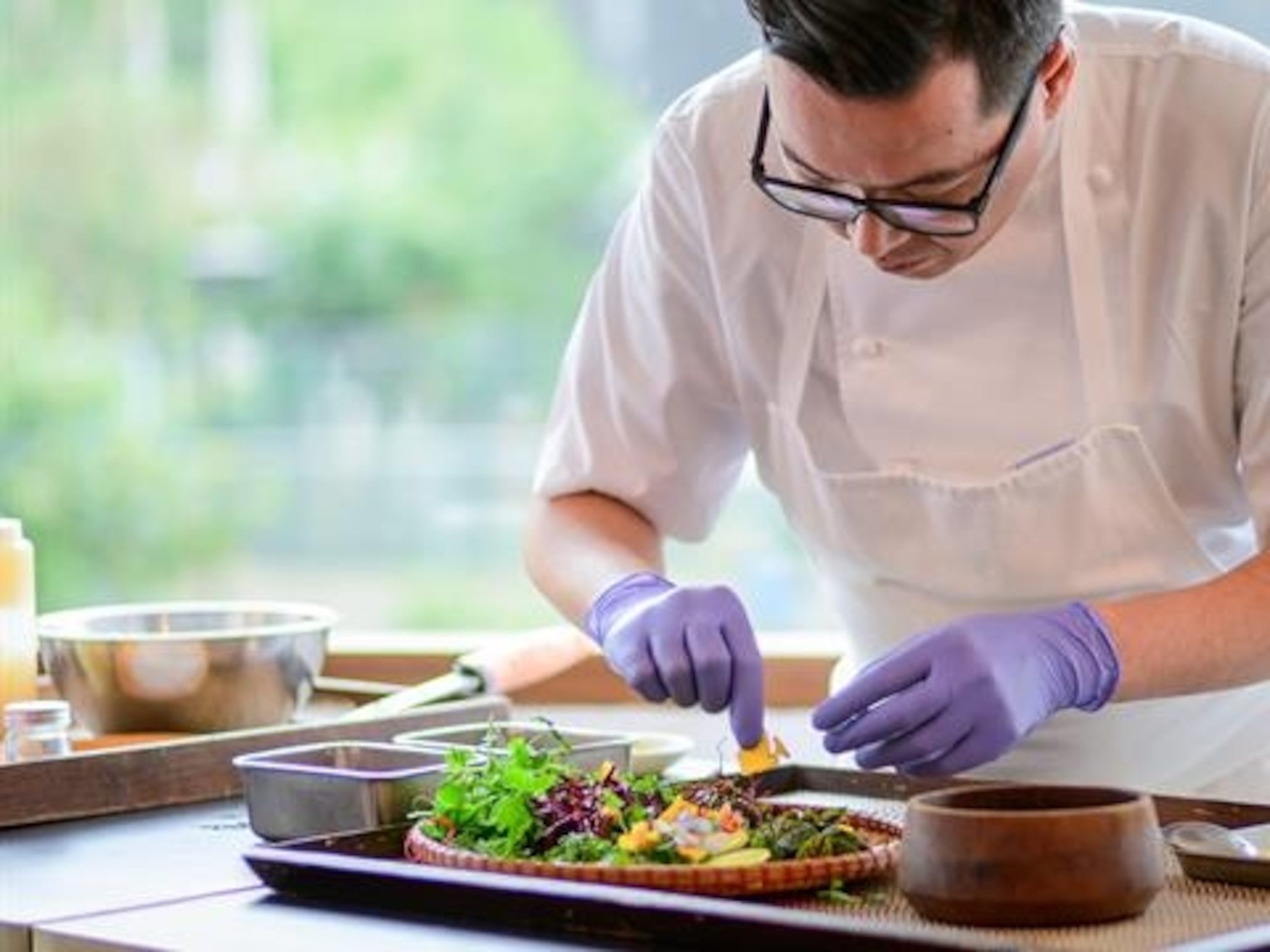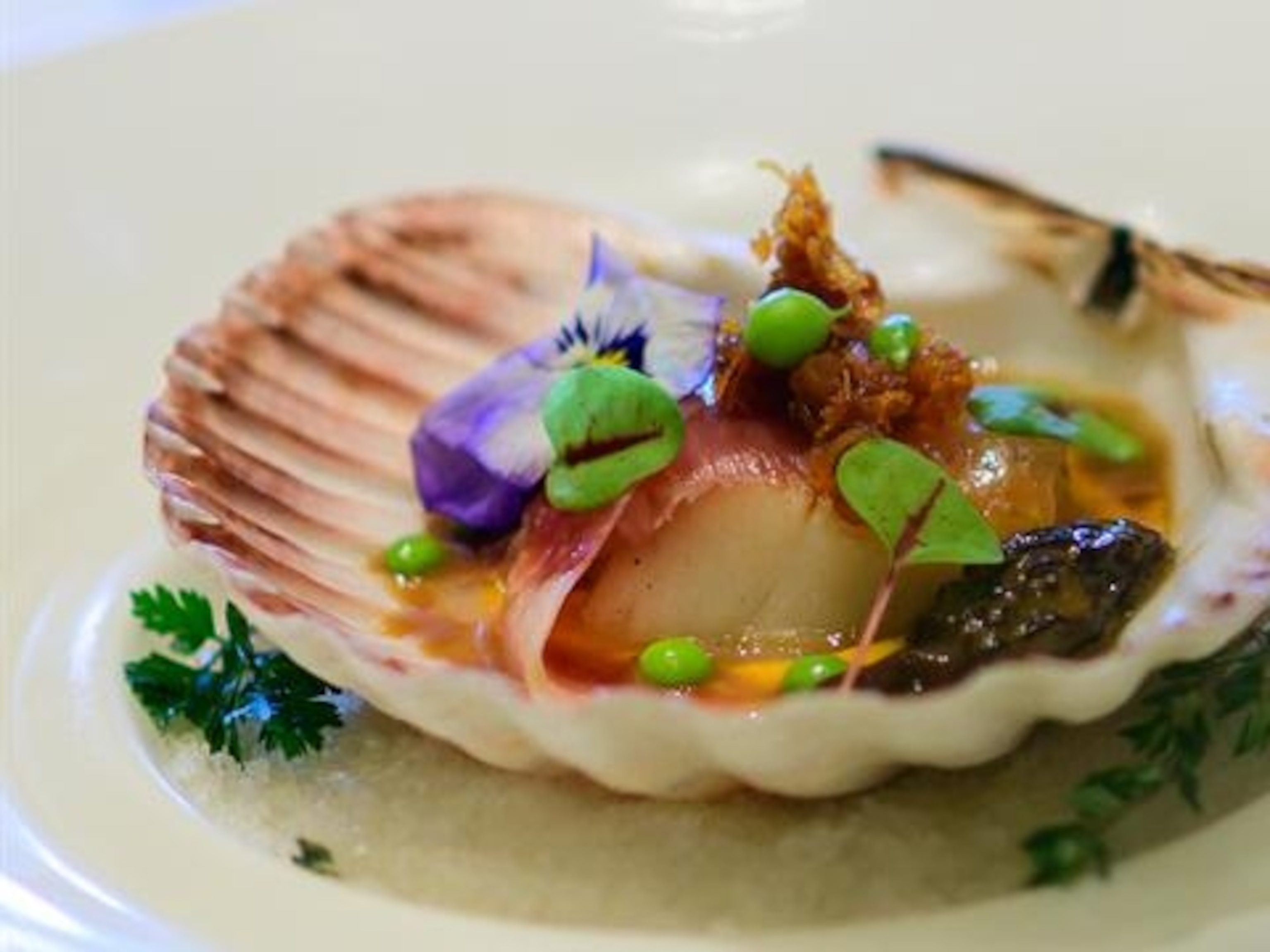Flame-controlled fusion: 400 years of Macao culinary history
Macao’s history has intertwined European and Asian influences for nearly five centuries. Nowhere is this more apparent than in the food.
Before the term “fusion” became a global culinary trend, there was Macanese food – the original fusion cuisine, which blended together Portuguese and Chinese ingredients with spices collected on the Portuguese sea voyages along the coasts of Africa, India and South-East Asia.
It all began in 1557 when the Portuguese seafarers settled in Macao. These settlers introduced European ingredients and cooking methods (like roasting, grilling and stewing) to the region.
“Over time, Chinese wives tried to cook as close as possible to the dishes their Portuguese husbands grew up eating back in Portugal,” says Sonia Palmer, whose modestly decorated Macao restaurant Riquexo has been serving Macanese cuisine for four decades.
“But, of course, they didn’t have all the ingredients in Macao in those days, so the wives used some Chinese and South-East Asian ingredients as substitutes,” she said. “That’s how fusion food came to be.”
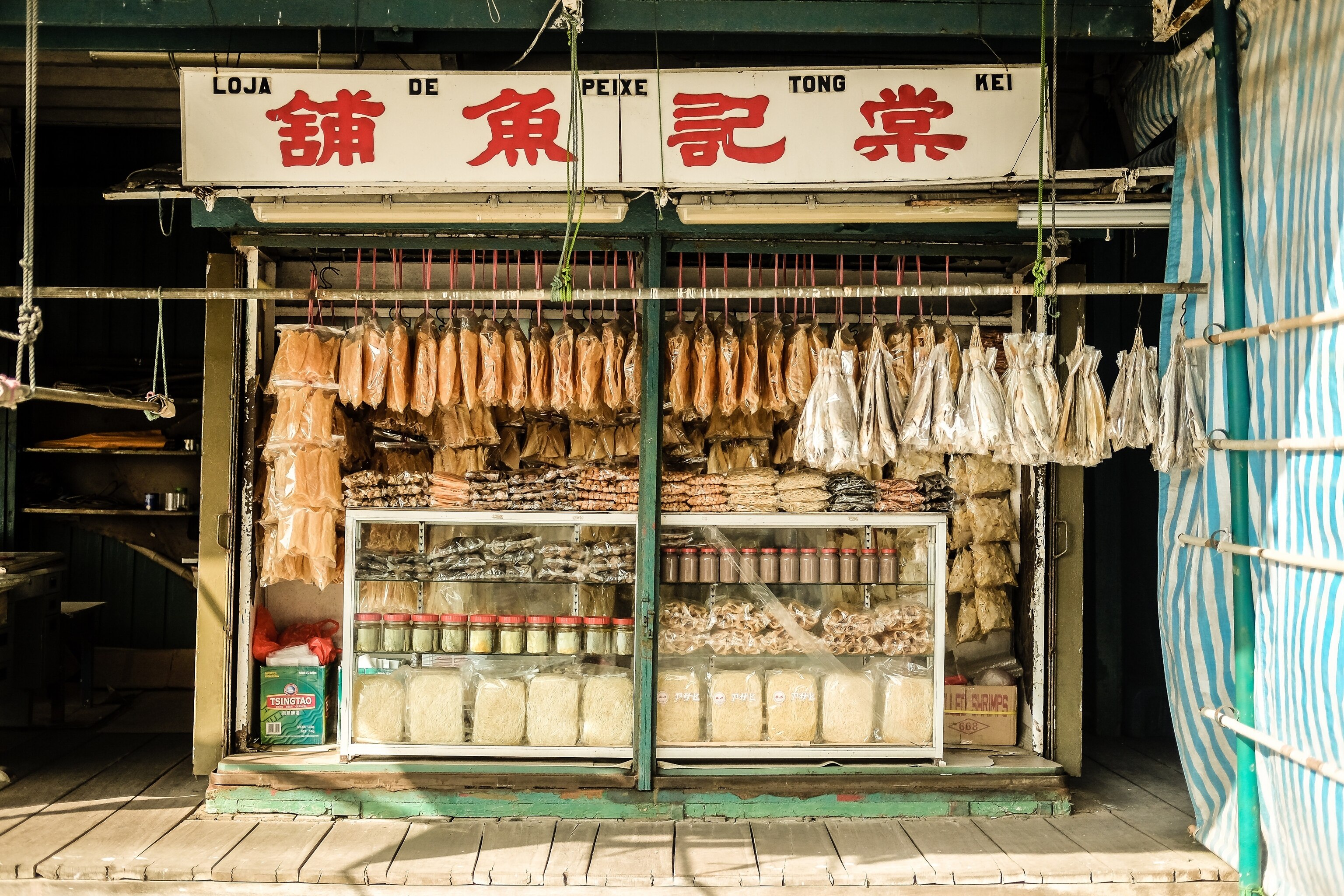
Sonia is well versed on Macanese cuisine. Her mother Aida de Jesus handed her the family recipes and cooking utensils many years ago. Often dubbed “the godmother of Macanese cuisine”, Aida is 103 years old and is one of only 50 surviving locals to speak Patua, a creole community-based language which originated in the 16th century and is sadly in danger of extinction.
Traditional Macanese recipes combine Portuguese spices with Asian ones. Among the most sought-after dishes is African chicken, spiced with exotic ingredients discovered on those early seafaring days.
Whereas most world cuisines have traveled beyond their borders, Macanese food exists almost exclusively within Macao, thus its importance to tourism. The cuisine, which was always home cooked, only recently became available in local restaurants as part of an effort to preserve Macao’s unique yet constantly evolving culture.
To truly understand Macao’s culinary influences, it’s important to experience its cultural ones. Sum Yuen is a contemporary Chinese vegetarian restaurant run by Buddhist monks at one of Macao’s most beautiful temples. Pou Tai Temple, the largest of Macao’s three ancient temples, is an active Buddhist monastery dating back to the 19th century.
The picturesque grounds wind around ponds, sculptures, pavilions and plenty of banyan trees. The monks grow and tend to the temple’s vegetable garden, which supplies the produce for Sum Yuen.
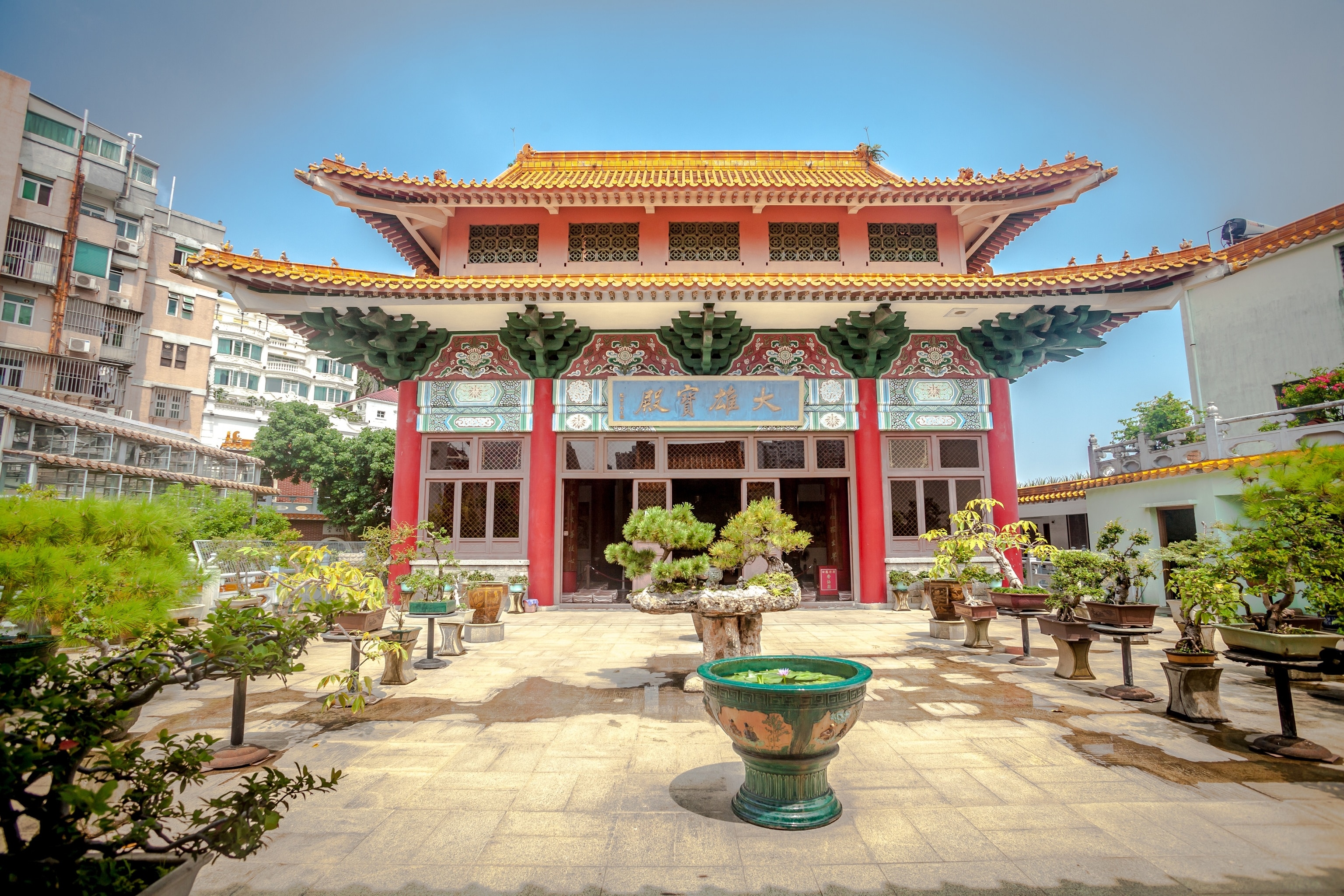
Herbal Treasures teahouse brings ancient Chinese medicine into a modern restaurant atmosphere. In collaboration with the Chinese Medicine Association of Macao, Herbal Treasures created a wellness menu that harnesses the traditional healing power of food. Double-boiled soups, herbal tonic teas, healthy drinks and approved desserts blend together the joys of food with its holistic healing properties.
Some way up a narrow laneway along Avenida de Almeida Ribeiro, local stalwart Cheng Ji Porridge serves up freshly made pork congee every morning of the week. Diners sit out on rickety stools and savor the steaming bowls, best consumed with a delicious Youtiao, or fried dough stick.
Speaking of smaller establishments, the bread at the Old House Bakery is a must try. Since 2017 this small artisanal bakery makes an ever changing range of delectable breads, biscuits and pastries by hand every day. Tucked away near the ruins of St Paul’s in Santo António, it’s the place where locals and visitors alike go to grab their daily loaf. Upstairs, the Old House Studio hosts a range of community events and projects.
At the upmarket end of dining, Jade Dragon, Macao’s only three-starred Michelin Cantonese restaurant, upholds and preserves the traditions of classic Cantonese cooking. In collaboration with the Chinese Medicine researchers at Macao’s University of Science and Technology and professional Chinese herbal practitioners, Jade Dragon created a menu of organic Chinese healing soups.
“We choose recipes according to the season. For spring and summer, the soups have to help get rid of the ‘dampness’ inside the body and restore lung and spleen functions, while in autumn and winter we make soups that help boost the body’s overall functions by using ingredients with more intense medicinal effects,” says chef Kelvin Au Yeung.
Every season, the Chinese medicine team creates eight soup recipes that use a mix of boiled and double-boiled techniques, which are both traditional cooking methods for Cantonese soup. The kitchen makes soups from scratch every day to ensure freshness and to maintain their healing properties.
For the rest of the innovative Cantonese menu, Chef Au Yeung finds his inspiration by combining centuries of Chinese recipes with his interest in promoting healthy dining.
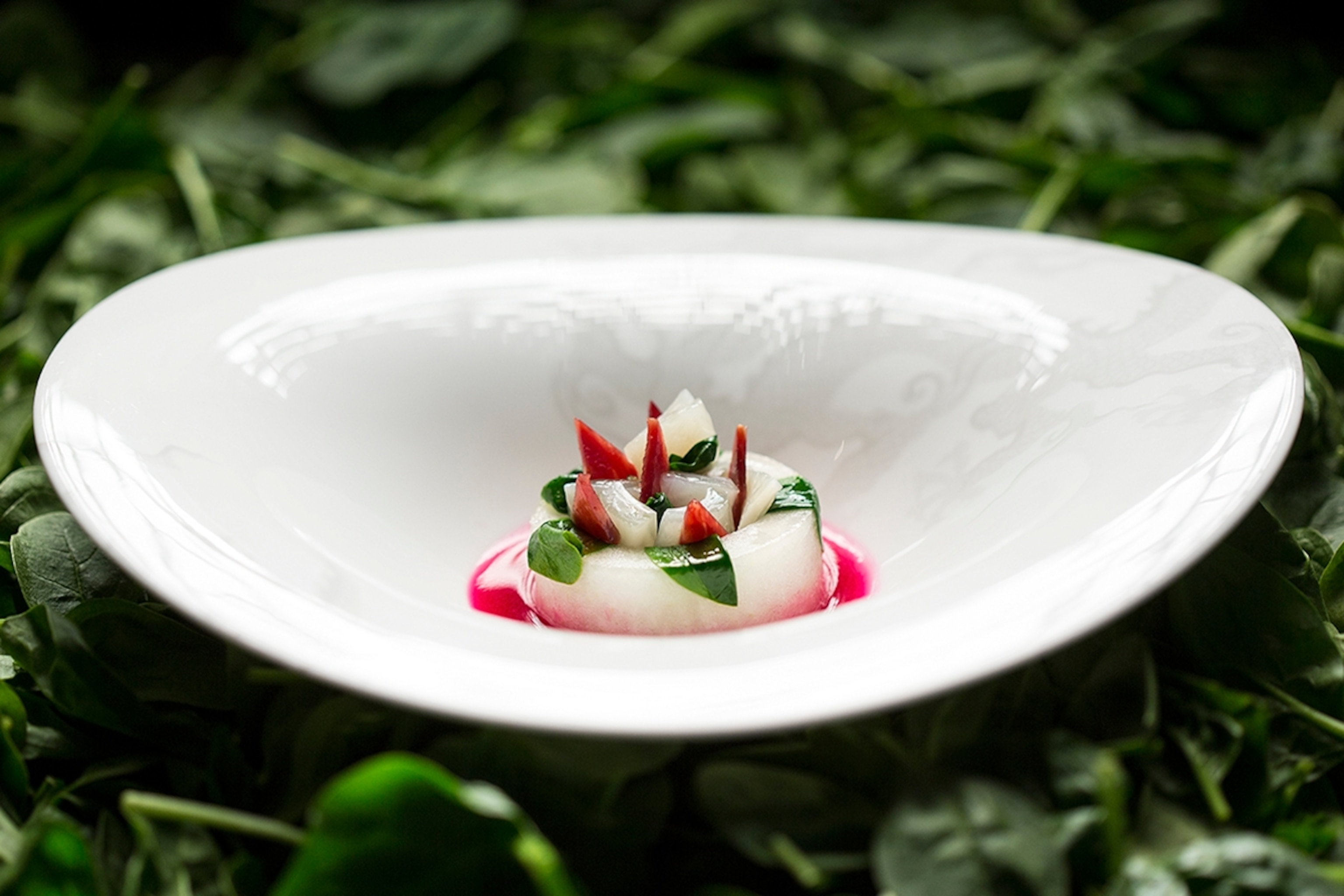
“The biggest advantage of Cantonese cuisine is the vast range of ingredients available,” he says.
“We also like to enjoy the ‘umami’ of food, so the seasoning is usually not very heavy, and ingredients are freshly prepared right before cooking,” he said. “To me, the essence of Cantonese cooking lies in the control of the intensity of the flame during cooking.”
Another accomplished chef to leave her mark in the evolution of Macanese cuisine is Antonieta Fernandes Manhao, best known as Neta. Born and raised in Macao, Neta holds classes for budding chefs and believes Macanese cuisine deserves much more appreciation and representation on the world’s stage and she’s determined to spread the news.
Macanese isn’t the only fusion cuisine to whet the appetites of diners in Macao, thanks to the recent influx of chefs from abroad.
On the sixth floor within the scaled down Eiffel Tower at The Parisian, Malaysian chef Chung Kuy Fai has created a French-inspired Chinese menu for La Chine restaurant.
Meanwhile, across at the relatively new MGM Cotai, renowned celebrity chef Mitsuharu Tsumura - born in Lima of Japanese-Peruvian decent - has presented an interesting fusion of Japanese and Peruvian ingredients and recipes inside his Aji restaurant.
Renowned French chef Alain Ducasse opened his first restaurant in Macao when the architecturally striking Morpheus Hotel was unveiled in 2018. Water, glass and polished metal are used to great effect to create a stylish yet intimate setting in the third-floor Voyages restaurant, which prides itself on flavors from Ducasse’s 30 years of travelling throughout the southern hemisphere and Asia.
One of Macao’s most iconic snack foods, however, evolved from an interpretation of the Pasteis de Nata recipe
When Englishman Andrew Stow opened Lord Stow’s Bakery in 1989, he decided to adjust the Portuguese pastry recipe and give it an English twist, ultimately creating the now-famous egg tart. Thanks to its flaky pastry crust, egg yolk custard center and crispy sugared top, the egg tart quickly became another culinary symbol of Macao.
Macao’s unique culinary culture borrows from some of the best aspects of European and Asian cuisines. The best way to enjoy Macanese food is the authentic way – in Macao – but thanks to its new UNESCO designation as a Creative City of Gastronomy, Macanese influence might just find itself on menus far and wide.
SUM YUEN AT POU TAI TEMPLE
EXPERIENCE
This casual veranda café on the ground floor of Pou Tai temple is slightly off the beaten track in Taipa. The healthy vegetarian menu includes vegetables grown by monks in the temple gardens.
POPULAR CHOICE
The contemporary Buddhist vegetarian menu features popular options like Chinese cabbage rolls and fresh yams in blueberry sauce.
LORD STOW’S BAKERY
EXPERIENCE
Thanks to its booming popularity, there are a number of Lord Stow’s bakeries around Macao. The original Colane Village location is most scenic – the bakery is surrounded by colorful two-story European buildings in a historic village atmosphere.
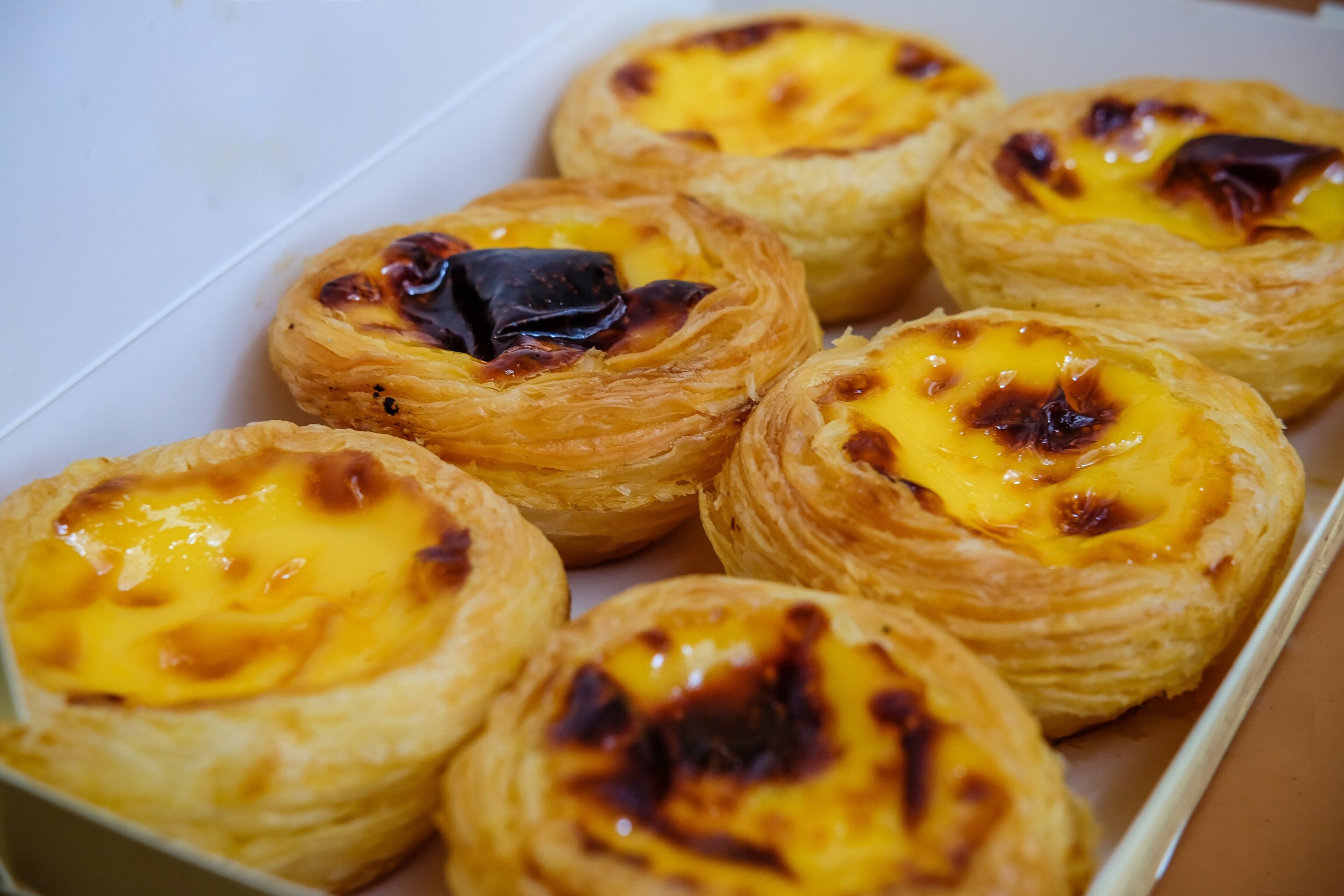
POPULAR CHOICE
Baker Andrew Stow insisted on making everything at his bakery as natural and healthy as possible, without any additives or preservatives. To this day, the egg tarts are made fresh and by hand.
JADE DRAGON
EXPERIENCE
Jade Dragon is in City of Dreams in Cotai, near the Rotunda de Istmo. The traditional Chinese compartmental cabinets (typically used for storing herbs) at the restaurant entrance hint at its health and wellness focus, which is also apparent thanks to its menu collaboration with Chinese medicine experts at nearby Macao University of Science and Technology.
POPULAR CHOICE
Chef Kelvin Au Yeung loves stewed dishes, like the menu’s stewed vegetables and seafood cooked in chicken broth or the stewed dried seafood delicacy of fish maw, abalone, goose web, sea cucumber and mushroom served in a clay pot.
HERBAL TREASURES
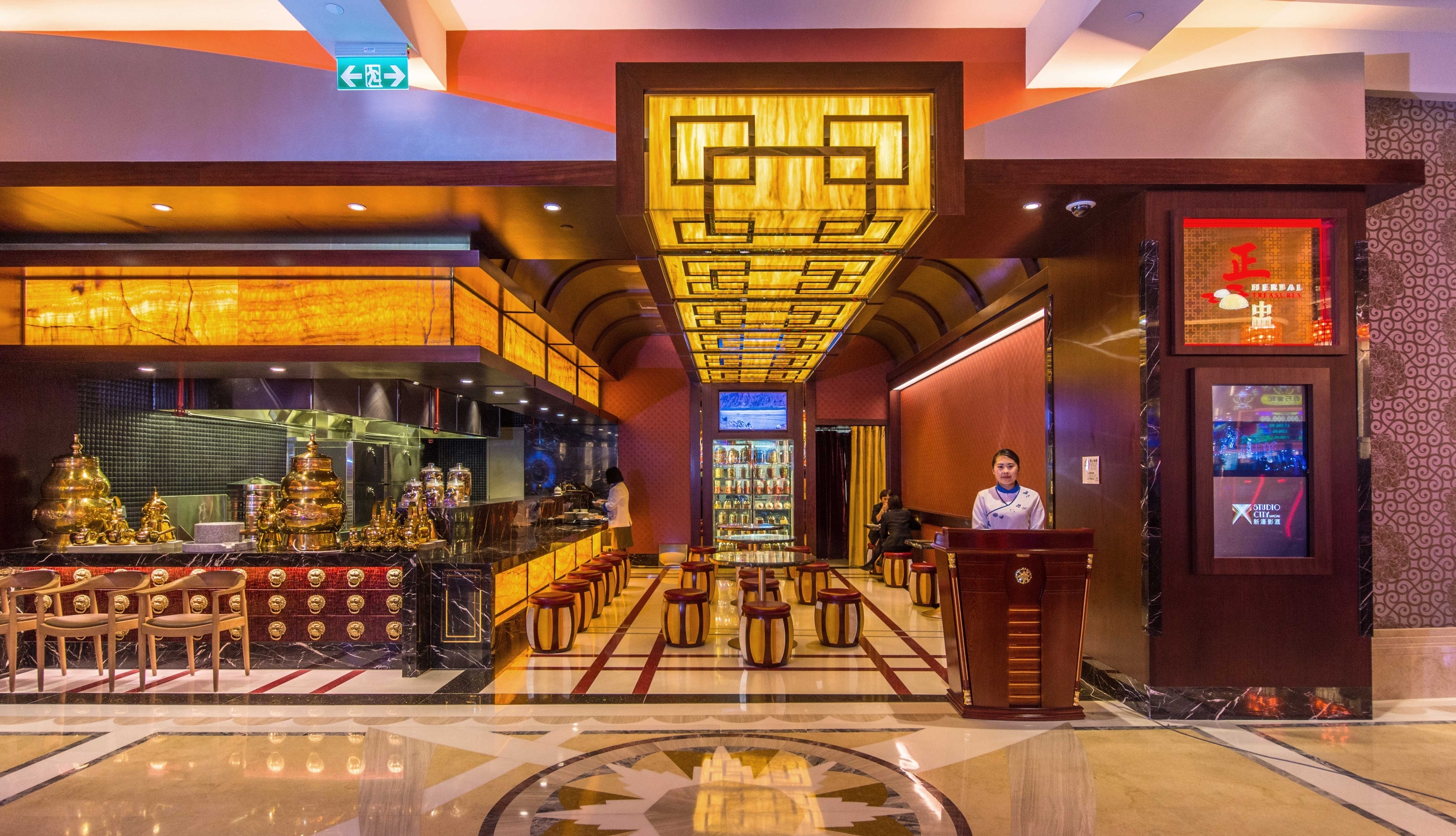
EXPERIENCE
Herbal Treasures teahouse is located in Cotai, inside Studio City Macao near Avenida de Cotai. The menu is heavily inspired by Chinese medicine and traditional herbal remedies.
POPULAR CHOICE
The chef recommends double-boiled fish maw soup with sea whelk and green olives, and for dessert, Chinese herbal jelly with honey.
Discover more about what makes Macao a UNESCO City of Gastronomy and a culinary destination on The Great Green Food Journey: Macao.

